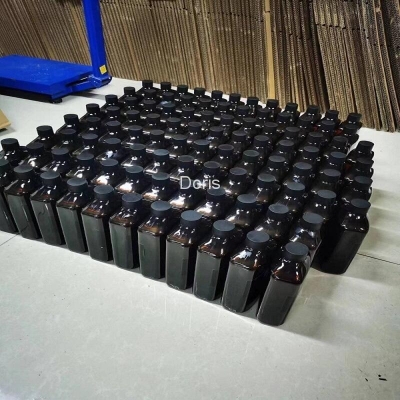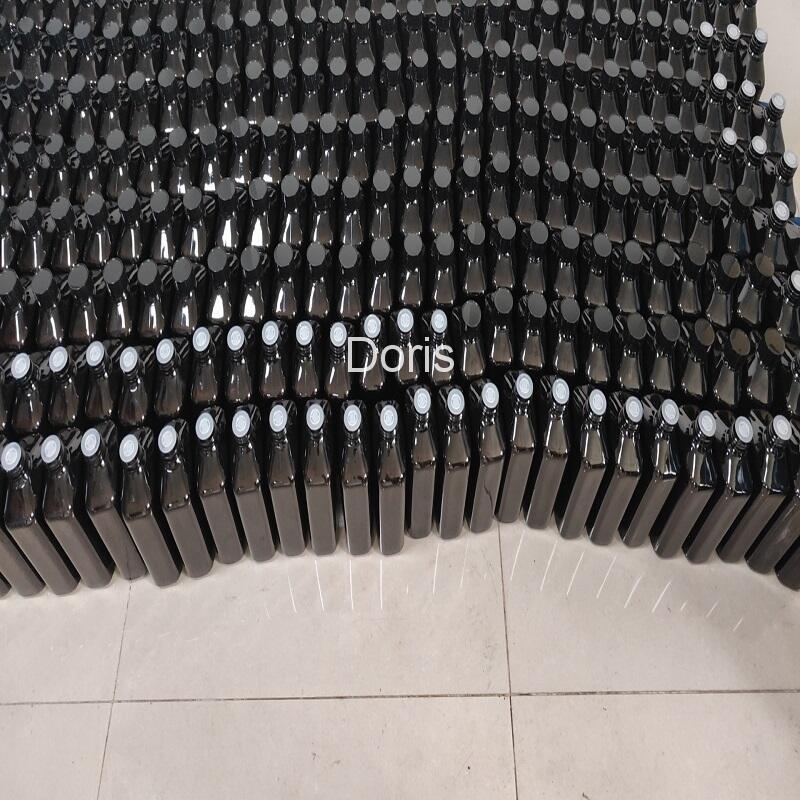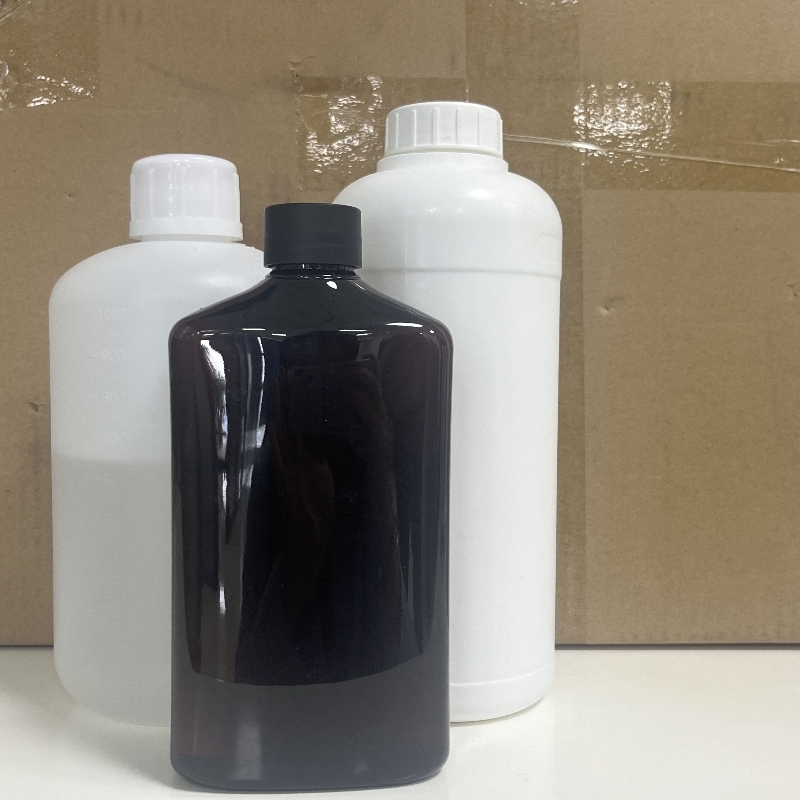Discussion on the real reason of indication distortion of SOT ultrasonic thickness gauge
-
Last Update: 2013-03-01
-
Source: Internet
-
Author: User
Search more information of high quality chemicals, good prices and reliable suppliers, visit
www.echemi.com
In the monitoring of SOT ultrasonic thickness gauge, especially the in-service equipment, the external sensor is better to approach the measured substance (cable length: 1m), and the internal storage can reach 20 files (each file can reach 100 groups of values) If the indication is distorted and deviates from the actual thickness, the hidden danger of pipeline (equipment) will be caused, that is, the pipe fittings are replaced according to the wrong data, resulting in a large amount of material waste According to the tracking application of ultrasonic thickness gauge in recent years, the phenomenon and reason of indication distortion are analyzed as follows: 1 The reason analysis of no indication display or indication flicker instability: this phenomenon often occurs in field equipment and pipeline detection After a large number of phenomena and data analysis, the reasons are summarized as follows: (1) The roughness of the workpiece surface is too large, resulting in poor coupling effect between the probe and the contact surface, low reflection echo, and even unable to receive the echo signal Most of the equipment and pipelines in service are rusted on the surface, and the coupling effect is very poor (2) the curvature radius of the workpiece is too small, especially when measuring the thickness of the small diameter pipe, because the common probe surface is plane, and the contact with the surface is point contact or line contact, the sound intensity transmittance is low (poor coupling) (3) the detection surface is not parallel to the bottom surface, and the sound wave scatters when encountering the bottom surface, so the probe cannot accept the bottom wave signal (4) because of the inhomogeneous structure or coarse grain of castings and austenitic steels, the ultrasonic wave has serious scattering attenuation when it passes through them The scattered ultrasonic wave propagates along the complex path, which may annihilate the echo and cause no display (5) the contact surface of the probe is worn The surface of commonly used thickness measuring probe is acrylic resin, which will increase the surface roughness and reduce the sensitivity, resulting in no display or flicker (6) there are a lot of corrosion pits on the back of the tested object Because there are rust spots and corrosion pits on the other side of the object to be measured, the acoustic wave is attenuated, resulting in irregular changes in the reading, or even no reading in extreme cases 2 Cause analysis of too large or too small indication in the actual inspection work, the indication of thickness gauge is obviously larger or smaller than the design value (or expected value), and the cause analysis is as follows: (1) the measured object (such as pipeline) There is sediment in it When there is little difference between the acoustic impedance of the sediment and the workpiece, the thickness gauge shows the wall thickness plus the sediment thickness (2) when there are defects (such as inclusions, interlayer, etc.) in the material, the display value is about 70% of the nominal thickness (at this time, the ultrasonic flaw detector shall be used for further defect detection) (3) the influence of temperature In general, the sound velocity in solid materials decreases with the increase of temperature Some experimental data show that the sound velocity decreases by 1% for every 100 ° C increase in hot materials This situation is often encountered for high-temperature equipment in service (4) laminated materials and composite (heterogeneous) materials It is impossible to measure uncoupled laminated materials, because ultrasound can not penetrate uncoupled space and can not propagate uniformly in composite (heterogeneous) materials For equipment made of multi-layer materials (such as urea high-pressure equipment), special attention shall be paid during thickness measurement The indication of the thickness gauge only indicates the thickness of the layer of materials in contact with the probe (5) the influence of coupling agent The coupling agent is used to eliminate the air between the probe and the object to be tested, so that the ultrasonic can effectively penetrate into the workpiece to achieve the purpose of detection If the type is selected or the use method is improper, the error or coupling mark will flicker and cannot be measured When the probe leaves the workpiece due to the excessive use of coupling agent, the indicator value of the instrument is the thickness of coupling agent layer (6) wrong choice of sound speed Before measuring the workpiece, preset its sound speed according to the material type or reverse measure the sound speed according to the standard block When one material is used to calibrate the instrument (the common test block is steel) and another material is measured, wrong results will be produced.
This article is an English version of an article which is originally in the Chinese language on echemi.com and is provided for information purposes only.
This website makes no representation or warranty of any kind, either expressed or implied, as to the accuracy, completeness ownership or reliability of
the article or any translations thereof. If you have any concerns or complaints relating to the article, please send an email, providing a detailed
description of the concern or complaint, to
service@echemi.com. A staff member will contact you within 5 working days. Once verified, infringing content
will be removed immediately.







